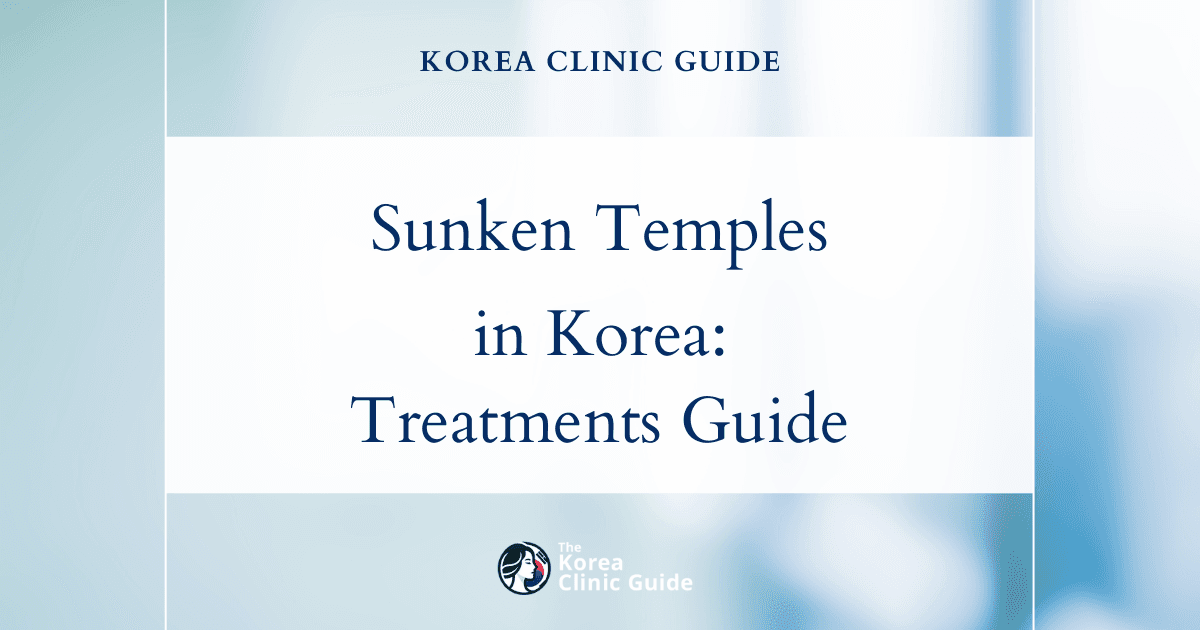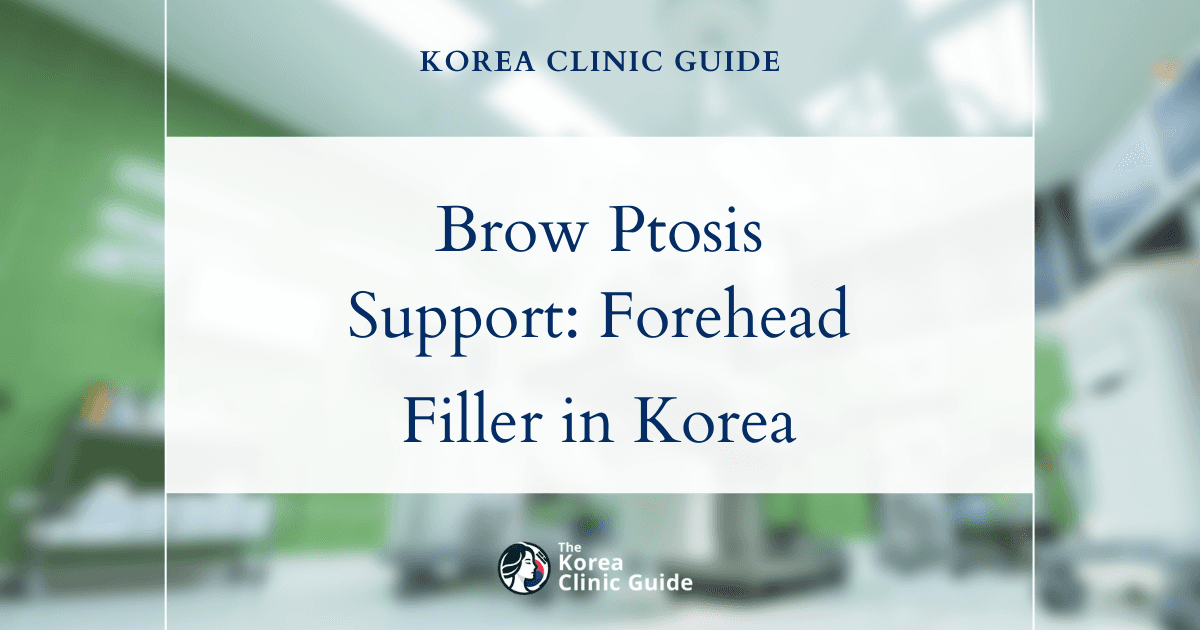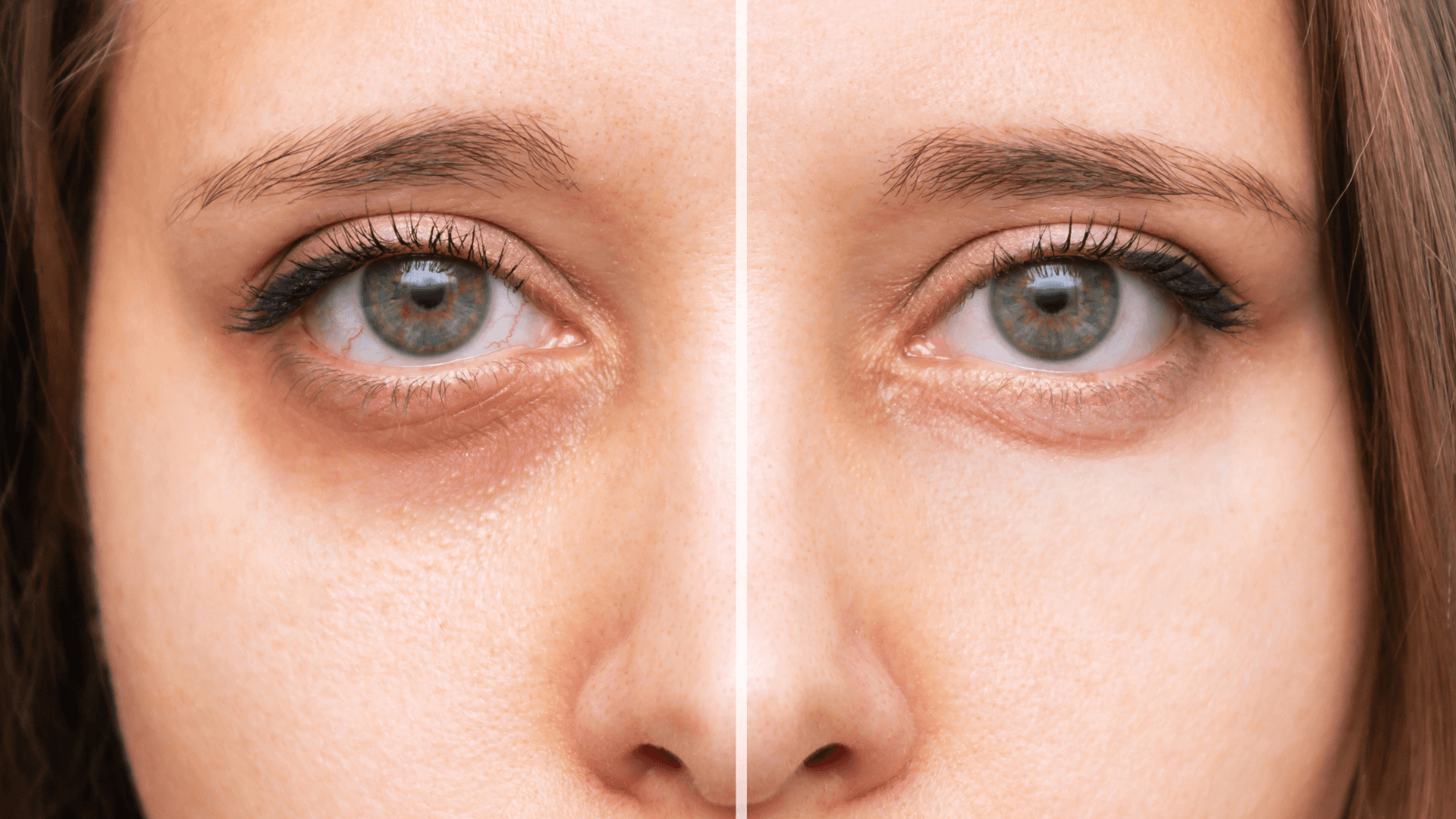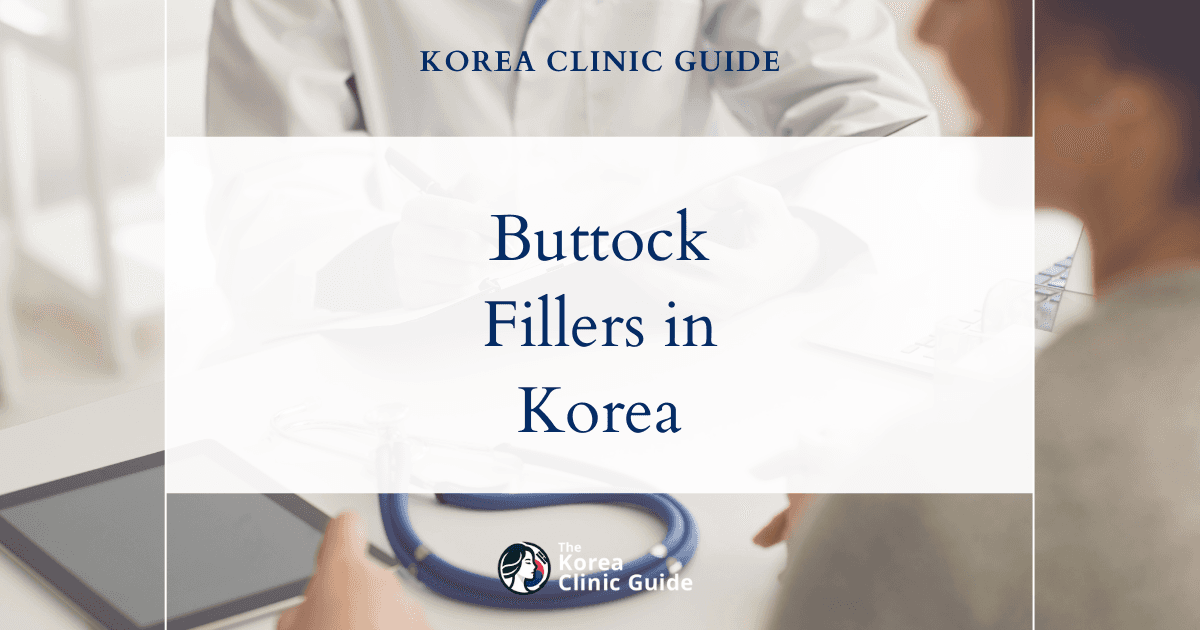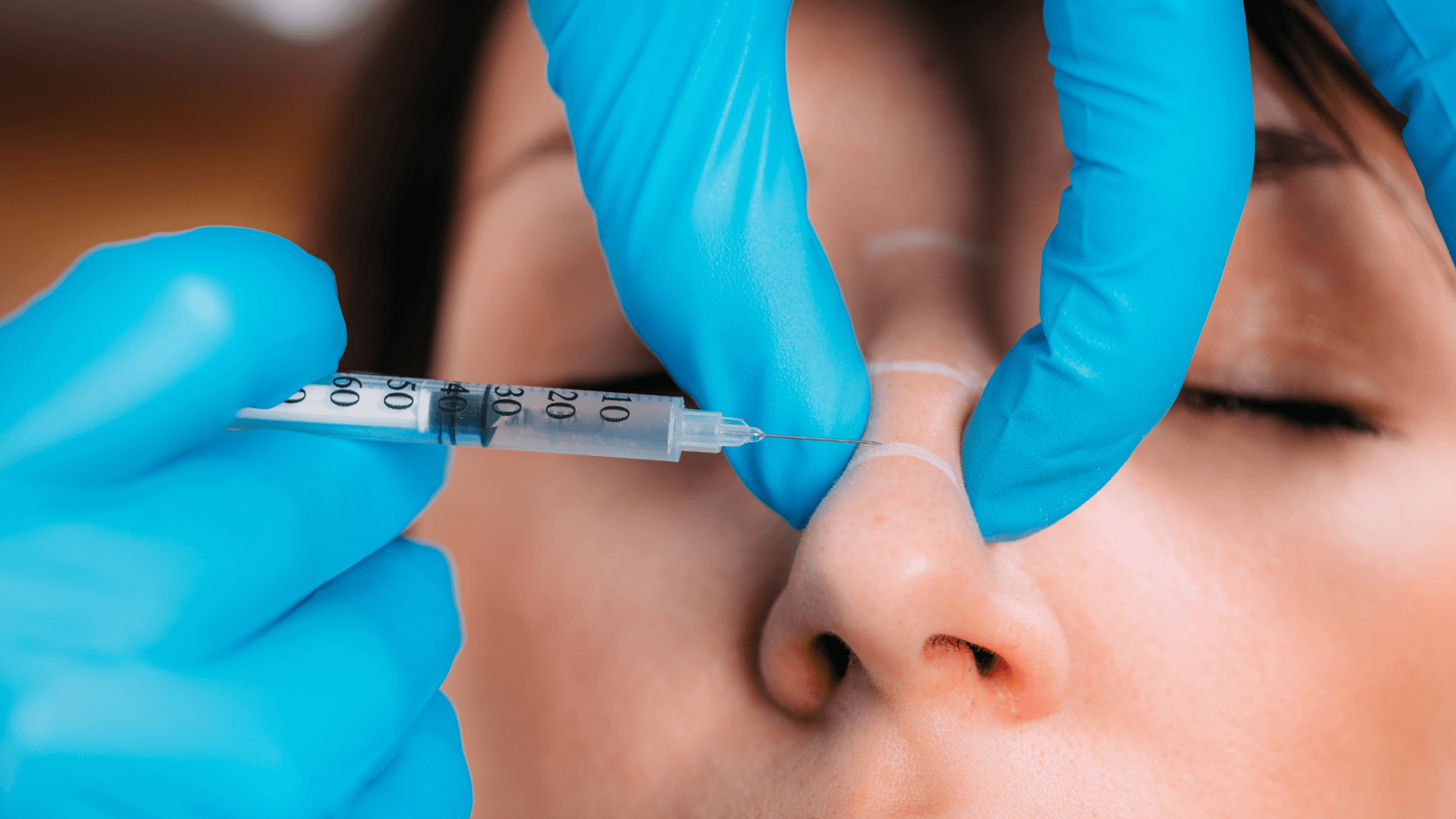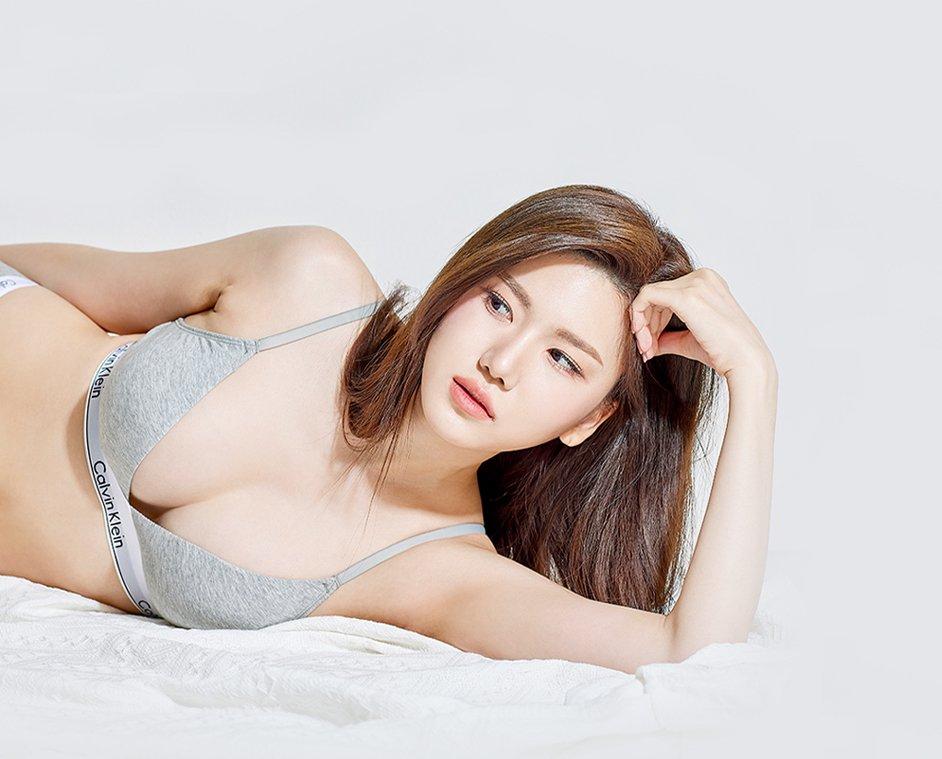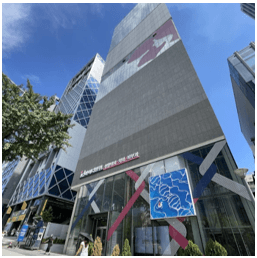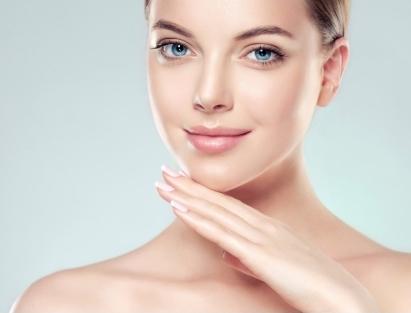Medical Tourism Blog
Body Fillers in Korea | Best Clinics, Costs, Procedure Types & More

Table of contents
- What Is Body Fillers?
- Best Clinics in Korea for Body Fillers
- Getting Body Fillers in Korea
- Cost of Body Fillers in Korea
- Alternatives to Body Fillers
- Conclusion
Considering treatment in Korea? Everything you need to know e.g. — how to avoid scams, visas, interpreters, recovery tips — in our Medical Tourism Master Guide. Plan with confidence in minutes, not weeks!
Have you ever wondered why Korea has become a top destination for aesthetic enhancements like body fillers? With cutting-edge techniques and a commitment to natural-looking results, Korea is setting the standard for minimally invasive cosmetic procedures worldwide, offering an appealing blend of affordability, safety, and expertise.
What Is Body Fillers?
Body fillers, also known as dermal fillers, are a minimally invasive cosmetic procedure designed to enhance and rejuvenate the body's contours. These fillers are injectable substances that add volume, smooth out wrinkles, and improve overall symmetry and aesthetics. They can be used on various parts of the body, including the face, hands, neck, and other areas requiring augmentation or correction.
Types of Body Fillers
-
Hyaluronic Acid Fillers: One of the most common types, hyaluronic acid fillers, are made from a naturally occurring substance in the body. They are particularly popular for their versatility and safety, used to hydrate the skin, provide volume, and address fine lines and wrinkles.
-
Calcium Hydroxylapatite Fillers: Made of minerals found in human bones, these fillers are thicker than hyaluronic acid fillers. They are often used to treat deeper wrinkles and folds, such as nasolabial folds, and are known for their long-lasting results.
-
Poly-L-lactic Acid Fillers: This synthetic material is biocompatible and biodegradable. Unlike other fillers that show immediate results, Poly-L-lactic acid works gradually by stimulating collagen production, leading to a more natural and extended improvement over time.
-
Polymethylmethacrylate (PMMA) Fillers: PMMA is a semi-permanent filler composed of tiny beads suspended in a collagen gel. These are used for deeper wrinkles and may require several sessions for optimal results.
Procedure Overview
The process of administering body fillers typically involves several steps:
-
Consultation: The initial step is a consultation with a qualified medical professional to assess the areas that require treatment. The patient's medical history, skin type, and aesthetic goals are discussed to determine the most suitable type of filler.
-
Preparation: Before the procedure, the target area is cleaned and treated with a numbing agent to minimize discomfort. Depending on the filler type and the area being treated, a local anesthetic may be used.
-
Injection: The filler is carefully injected into the predetermined areas using fine needles or cannulas. The number of injections and the amount of filler used will vary based on the treatment plan.
-
Post-Injection Massage: After the filler is injected, the medical professional may gently massage the area to ensure even distribution and smooth results.
-
Aftercare: Patients are given aftercare instructions to manage any potential side effects such as swelling, bruising, and redness. It is generally recommended to avoid strenuous activities and excessive sun exposure for a few days post-treatment.
Benefits and Applications
Body fillers offer numerous benefits, including:
- Immediate Results: Most fillers provide noticeable results almost immediately after the procedure.
- Minimal Downtime: Being a non-surgical option, fillers usually have a quick recovery time.
- Longevity: Depending on the type of filler, results can last from several months to a couple of years.
- Versatility: Fillers can address a wide range of aesthetic concerns, from fine lines and wrinkles to loss of volume and asymmetry.
This procedure is particularly popular for enhancing facial features like the cheeks, lips, and chin and for rejuvenating aging hands and addressing scar depressions.
Who is Body Fillers for?
- Individuals seeking to smooth out wrinkles and fine lines
- People aiming to enhance their facial features (lips, cheeks, chin, etc.)
- Those wanting to restore volume lost due to aging
- Patients looking for non-surgical alternatives to cosmetic enhancements
- Adults desiring to correct facial asymmetry
- Persons needing to reduce the appearance of scars and skin depressions
- Anyone aiming to improve the contours of their face or body
Best Clinics in Korea for Body Fillers
Listed below are the best clinics in Korea for body fillers:
| Clinic Name | Key Features | Special Techniques |
|---|---|---|
| Haru Clinic | Leading destination in Gangnam for advanced body filler treatments, Led by Dr. Jeong (official Merz research physician), Emphasis on harmony, balance, and natural results, Transparent and personalized care, Focus on safety and patient satisfaction | Fillers & Botox for facial rejuvenation, Advanced thread lifting, Apple Hip Lift, Bodyline Care, Non-surgical transformative procedures |
| Modelo clinic | Philosophy of individualized beauty, Specializes in body and facial filler treatments, Botox for Asian facial features, Prioritizes natural and harmonious results, Customization and patient comfort | Fullface Filler, Baby Filler, Cheek/Lip/Under-eye fillers, Comfort Thermage, Thread Lifting, Whitening, Bodytoxin (body contouring) |
| Three Wishes Clinic - Myeongdong | Leading body filler clinic near Myeongdong Station, High patient satisfaction, Commitment to safety and professionalism, Use of advanced technology | Botox, Facial & Body Fillers, Fat-dissolving injections, Thread lifting, Vaginal rejuvenation, Comprehensive skin treatments, Semi-permanent makeup |
Haru Clinic
Haru Clinic, located in the dynamic district of Gangnam, Seoul, stands as a leading destination for individuals seeking advanced body filler treatments and aesthetic procedures. Spearheaded by Dr. Jeong—an official research physician at Merz, the globally recognized developer of Belotero Filler—the clinic benefits from expertise that not only sets industry standards but also educates fellow doctors in the latest non-invasive filler techniques. Dr. Jeong’s meticulous approach is rooted in the careful design of each patient’s facial and bodily features, with a philosophy that prioritizes harmony, balance, and natural results tailored to the individual. Haru Clinic is renowned for its commitment to transparent communication, personalized care, and an unwavering emphasis on safety and patient satisfaction.
Offering a full spectrum of non-surgical solutions, Haru Clinic uses innovative procedures to achieve transformative, long-lasting results with minimal downtime—comparable to those of invasive surgery. Patients have access to a comprehensive menu including fillers and Botox for facial rejuvenation, advanced thread lifting techniques, and specialized body contouring procedures such as the Apple Hip Lift and Bodyline Care. Each service is designed to address the unique contours and features of every patient, ensuring a refreshed and naturally youthful appearance. With Dr. Jeong’s guidance and the clinic’s dedication to excellence, clients at Haru Clinic embark on a journey where aesthetic aspirations are realized with integrity, professionalism, and artistry.
You can check out their website here: Haru Clinic Website
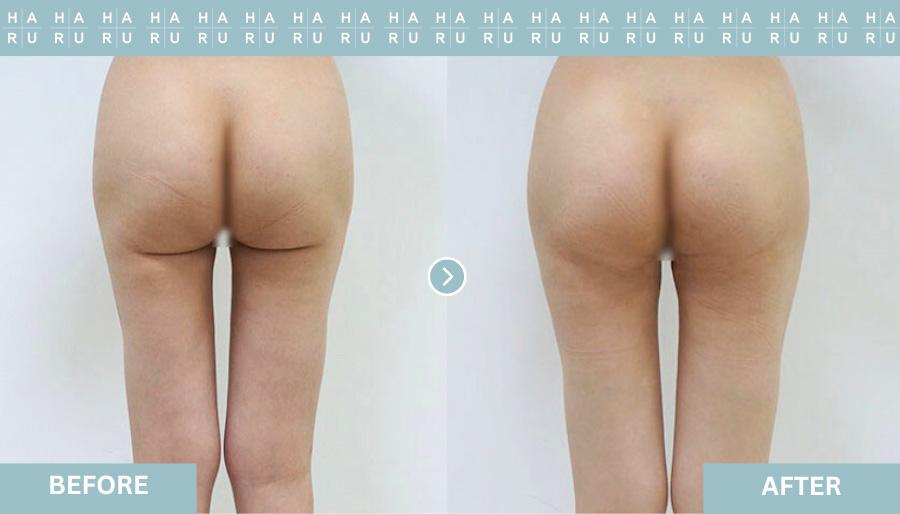
Modelo clinic
Modelo Clinic stands out in Korea’s competitive aesthetic landscape by focusing on individualized beauty, rather than following fleeting trends. At Modelo, the philosophy centers on enhancing each patient's unique qualities, ensuring results that are not just beautiful today, but will continue to resonate with their natural appearance over time. This approach means that patients are guided to embrace their own beautiful individuality, rather than aspiring to look like others.
Specializing in a comprehensive range of body and facial filler treatments, Modelo Clinic offers Botox for wrinkle reduction and facial contouring, tailored specifically for Asian facial features to ensure natural and harmonious outcomes. Their signature filler procedures, such as Fullface Filler and Baby Filler, address everything from volumizing the cheeks and lips to rejuvenating the under-eye area. Beyond fillers, the clinic provides advanced skin treatments like lifting, whitening, and innovative techniques such as Comfort Thermage and Thread Lifting, alongside body contouring services like Bodytoxin. Every treatment at Modelo Clinic is carefully customized to elevate the individual’s personal values of beauty while prioritizing patient comfort and safety.
Find more about this clinic here: Modelo clinic Website
Three Wishes Clinic - Myeongdong
Three Wishes Clinic in Seoul stands out as a leading destination for body filler treatments and advanced aesthetic medicine. Ideally situated just a minute's walk from Myeongdong Station exit 9, this clinic is renowned for its high satisfaction rate fueled by enthusiastic patient reviews. At Three Wishes Clinic, clients find reassurance in the clinic's commitment to safety, professionalism, and the use of cutting-edge technology in both facial and body enhancement procedures.
The clinic offers a broad spectrum of specialized treatments, ranging from petite enhancements such as Botox, various fillers—including those for facial contouring and body augmentation—and fat-dissolving injections, to innovative procedures like thread lifting and vaginal rejuvenation. In addition to body filler services, Three Wishes Clinic extends its expertise to comprehensive skin treatments and semi-permanent makeup solutions, catering to clients looking to enhance both their appearance and confidence with minimally invasive, results-driven approaches.
You can check out their website here: Three Wishes Clinic - Myeongdong Website
Getting Body Fillers in Korea

Body fillers are a popular cosmetic procedure in South Korea, known for their advanced medical technology and expertise in aesthetic enhancements. This procedure aims to enhance or restore volume to various areas of the body, such as the face, breasts, buttocks, and hands. Here’s a detailed look into the process:
Initial Consultation
Before the procedure, a thorough consultation with a certified dermatologist or plastic surgeon is essential. The consultation typically includes:
- Medical History Review: Discussing any previous medical conditions, allergies, and current medications to ensure patient safety.
- Examination and Mapping: The physician examines the target areas and maps out the treatment plan, discussing the desired outcomes and the amount of filler required.
- Expectation Setting: Clear communication about the expected results, potential side effects, and recovery process is crucial for patient satisfaction.
Types of Body Fillers
In Korea, various types of body fillers are used, each serving different purposes:
- Hyaluronic Acid Fillers: Popular for their natural look and ability to retain moisture, these are commonly used for facial treatments.
- Poly-L-lactic Acid (PLLA) Fillers: Known for stimulating collagen production, they are used for conditions requiring a longer-term solution.
- Calcium Hydroxylapatite Fillers: These provide structural support and are often used for deeper facial wrinkles and folds.
- Autologous Fat Transfer: Involves harvesting fat from the patient's body and reinjecting it to the target area, often used for larger volume enhancements.
The Procedure
The procedure varies slightly depending on the type of filler used and the target area but generally follows these steps:
- Preparation: The patient is prepped, and the target area is cleaned and sterilized. Local anesthesia or numbing cream may be applied to minimize discomfort.
- Injection: Using a fine needle or cannula, the physician injects the filler into the precise area. The amount and depth of injection depend on the desired volume and the area being treated.
- Sculpting: Once injected, the filler may be massaged and molded to ensure an even and natural appearance.
- Observation: After the procedure, the patient is usually observed for a short period to ensure there are no immediate adverse reactions.
Post-Procedure Care
Post-procedure care is crucial for optimal results and involves the following steps:
- Managing Swelling and Bruising: Mild swelling and bruising are common and can be managed with cold compresses and prescribed medication.
- Avoiding Heat and Pressure: Patients are advised to avoid extreme heat, strenuous activities, and pressure on the treated area for at least 24-48 hours.
- Hydration and Skin Care: Keeping the skin hydrated and following a gentle skincare regimen helps in faster recovery and better results.
- Follow-Up: Regular follow-ups with the physician ensure proper healing and address any concerns that may arise. Touch-up treatments may be scheduled if necessary.
Risks and Complications
While generally safe, body fillers do carry some risks, including:
- Allergic Reactions: Though rare, some individuals may react to the components of the fillers.
- Infection: Proper sterilization and post-care instructions minimize this risk.
- Asymmetry: Uneven distribution of fillers can result in asymmetry, requiring correction.
- Granulomas: In some cases, lumps may form under the skin, which can be treated by the physician.
Understanding these aspects of body fillers in Korea helps in making an informed decision and achieving the desired aesthetic results safely.
Cost of Body Fillers in Korea
When considering body fillers, one factor that frequently influences the decision-making process is cost. The price of body filler treatments can vary significantly from one country to another, and understanding these differences is crucial for potential patients.
Body Fillers in Korea
Korea is well-known for its advanced cosmetic procedures and competitive pricing. On average, the cost of body filler treatments in Korea ranges from $500 to $2000 per session. The variation in pricing depends on the type of filler used, the area being treated, and the expertise of the practitioner. Clinics in major cities like Seoul may charge at the higher end of this spectrum due to higher operating costs and the typically higher demand.
Body Fillers in the USA
In contrast, body filler treatments in the United States tend to be more expensive. According to data from the American Society of Plastic Surgeons, the average cost of hyaluronic acid fillers, for example, is about $684 per syringe. It's important to note that multiple syringes are often required for comprehensive treatment, so the total cost can easily exceed $2500 per session. Factors such as the geographical location of the clinic, the experience of the medical practitioner, and the specific type of filler used all contribute to this higher cost.
Body Fillers in Other Countries
-
United Kingdom: In the UK, the cost for body fillers generally ranges between £300 to £900 per session. Clinics in London and other major cities might charge higher fees, driven by higher operational costs and the high demand for cosmetic procedures.
-
Australia: The average cost of body fillers in Australia is comparable to that in the United States, with prices ranging from AUD 700 to AUD 2000 per session. Prices can be particularly steep in major cities like Sydney and Melbourne.
-
Canada: Similar to the USA, body filler treatments in Canada can be quite costly, averaging between CAD 600 to CAD 2000 per session. The pricing structure can vary by province and the practitioner’s credentials.
-
Thailand: Known for affordable medical tourism, Thailand offers body filler treatments at significantly lower prices, typically ranging from $400 to $1500 per session. The lower cost does not necessarily compromise the quality, as many clinics in Thailand adhere to high international standards.
-
Brazil: In Brazil, the cost ranges from $300 to $1200 per session. Brazil, being one of the capitals of cosmetic surgery, offers a wide variety of clinics and highly skilled practitioners.
Understanding these cost differences can help potential patients make informed decisions based on their budget and desired outcomes. It's also essential to factor in the cost of travel, accommodation, and aftercare when considering medical tourism for body filler treatments.
Alternatives to Body Fillers
When considering aesthetic improvements in Korea, body fillers have gained immense popularity. However, there are several effective alternatives that one can consider, each with its own set of benefits and techniques. Here, we explore three suitable alternatives to body fillers.
1. Fat Grafting
Fat grafting, also known as fat transfer or lipofilling, is a procedure where fat cells are harvested from one part of the body, typically through liposuction, and then injected into another area requiring enhancement or volume.
Benefits
- Natural Look: Because the material used is your own fat, the results tend to look and feel more natural compared to synthetic fillers.
- Dual Benefit: Not only do you add volume where desired, but you also simultaneously remove unwanted fat from areas like the abdomen or thighs.
- Long-Lasting Results: After the initial absorption of some of the fat, the remaining injected fat can last for several years, or even indefinitely.
2. Platelet-Rich Plasma (PRP) Therapy
Platelet-Rich Plasma (PRP) Therapy includes extracting a small amount of a patient’s blood, processing it to concentrate the platelets, and then re-injecting it into the desired area to promote tissue regeneration and repair.
Benefits
- Natural and Safe: Since PRP uses the patient’s own blood, there is minimal risk of allergic reactions or rejection.
- Improves Skin Quality: PRP not only adds volume but also enhances skin texture, firmness, and appearance by stimulating collagen production.
- Minimal Downtime: PRP therapy typically requires little to no downtime, making it a favorable option for those with busy lifestyles.
3. Hyaluronic Acid (HA) Treatments
Injectables based on Hyaluronic Acid (HA) are widely used to add volume and hydration to the skin. HA is a naturally occurring substance in the human body, which helps to maintain skin elasticity and hydration.
Benefits
- Minimally Invasive: HA fillers involve a simple injection with minimal discomfort and immediate visible results.
- Adjustable: The effects of HA fillers are not permanent, lasting between 6 to 12 months, and can be adjusted or dissolved if necessary.
- Hydrates the Skin: In addition to providing volume, HA also attracts moisture, improving overall skin hydration and texture.
These alternatives present viable options for those looking to enhance their appearance without resorting to traditional body fillers. Each method carries its own unique advantages and suitability depending on individual needs and conditions.
Conclusion
In conclusion, body fillers in Korea have gained significant popularity due to their advanced technology, high safety standards, and competitive pricing, attracting both local and international patients seeking aesthetic enhancement. The Korean approach to body fillers emphasizes natural-looking results and minimal downtime, making it an appealing choice for those looking to achieve their desired body contour without resorting to invasive surgery. As the field continues to evolve with ongoing innovations and the expertise of skilled practitioners, Korea remains at the forefront of the global beauty and cosmetic industry, offering reliable and effective solutions for body augmentation.
